Object of the Month
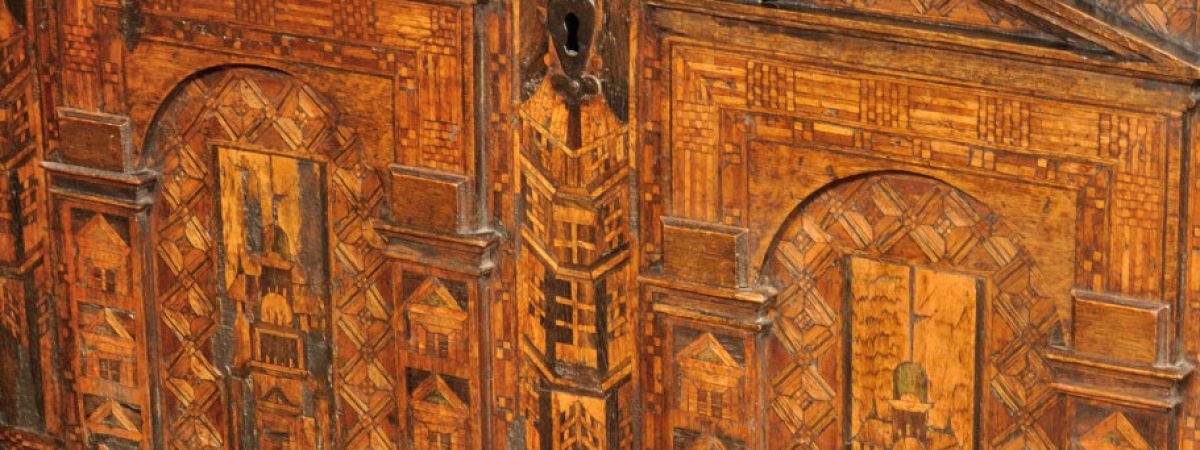
Share
This chest was named after the Palace of Nonsuch, constructed by Henry VIII late into his reign in 1538. The palace was primarily used by Elizabeth I after she acquired it towards the end of her monarchy but it was taken by parliament during the English Civil War. Charles II regained the Palace of Nonsuch but gifted it to his then mistress Barbara Castlemaine in 1682. She began its destruction so she could reduce the upkeep and sell the materials. The building was excavated in 1959, up till then it was much of a myth but it opened up an era of post medieval archaeology and showed the introduction of the Renaissance into England, so was considered an important discovery.
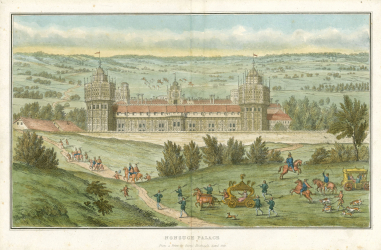
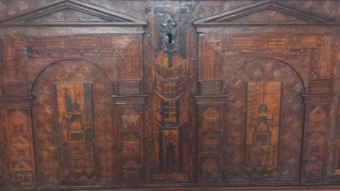
However it is widely accepted that despite its name the chest has nothing to do with the palace. It was only called that because of the slight resemblance and due to the popularity of the name (there also being the Nonsuch Apple).
There are many Nonsuch Chests found around the country. A common antique, they were very popular in the 16th and early 17th century. Chests like this were mainly constructed in Germany, Denmark and by German migrants in England. They may in fact depict a German cathedral, possibly Cologne Cathedral. They usually have an inside left compartment. Ours at Selly Manor has a checkerboard in the place of the drawers however there is a possibility it has been adapted, as the checkerboard no longer slides out. Some Nonsuch Chests have a secret compartment hidden underneath the left draws however the chest at Selly Manor is now missing this feature. Many Nonsuch Chests have had to be restored, and the example at Selly Manor is no different and underwent restoration in 2011.
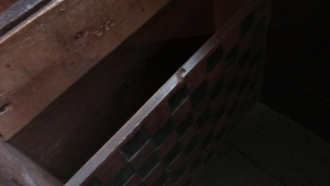
The chest at Selly Manor is part of the Laurence Cadbury Collection like much of the rest of the content of the house, and was gifted by him in 1936. He bought it from Oliver Baker, an expert in early furniture who advised Cadbury on a great many of his purchases for Selly Manor, and it cost £40 at that time. It stayed in Selly Manor but in 2011 due to possible poor handling the plinth became detached, the panels on the lid began to split, the decorative veneer wore away due to fluctuation in humidity and dirt built up in crevices. However, thanks to the great work of Churchouse Conservation and Restoration the plinth was reattached and the veneer restored.
The chest mainly consists of oak and holly. The veneer portrays 3 towers one on each side and one in the middle. In-between them are two arches which both surround two castle-like structures. A diamond pattern is found around and underneath the arches. The arches stick out from the rest of the veneer accentuating their architectural detail. It is 60cm high with 3 boards, 122cm long and 56.4 cm deep. The lid lifts on iron hinges and on each side are iron handles. Inside the Nonsuch Chest is another lid at the left-hand side running parallel to the wall making up the rest of the left cabinet is a checkerboard.
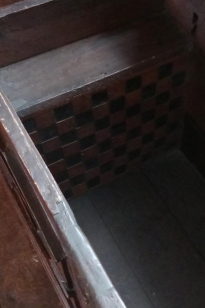
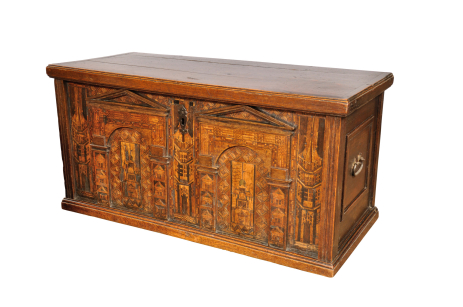
While it looks like it would be able to slide out it is blocked as I discussed before it could have been edited but the checkerboard looks as though it was perhaps placed in after the chests production to replace the draws which most Nonsuch chests have. The base is quite thick this gives us reason to believe it could have incorporated a secret compartment like is seen in many other Nonsuch Chests. While we do not know much about the interiors function one thing can be sure this Nonsuch Chest makes a wonderful addition to the Selly Manor collection and the beautiful veneer helps create a wonderful chest to be marvelled at.
Joseph Callicott
Work Experience Volunteer